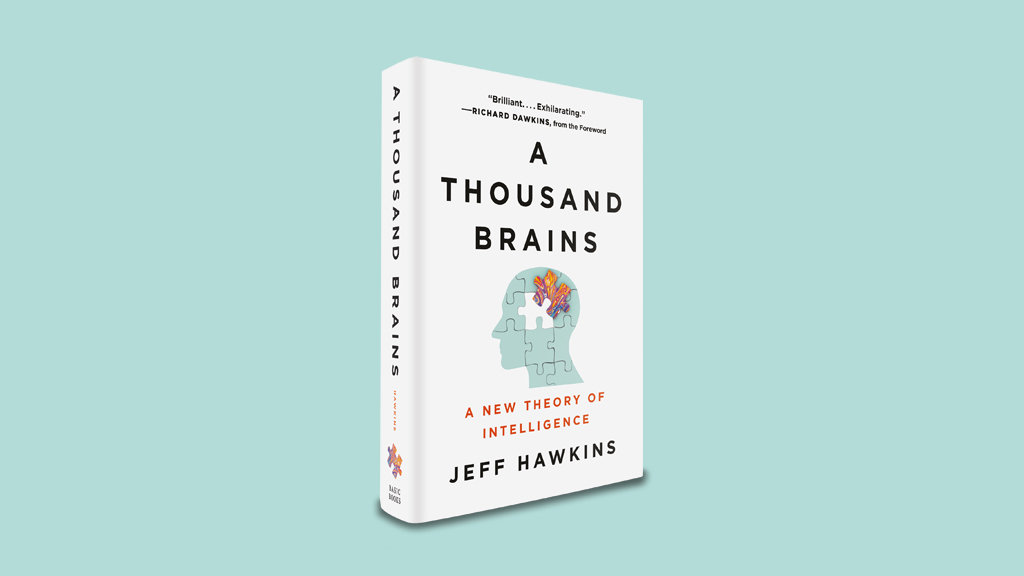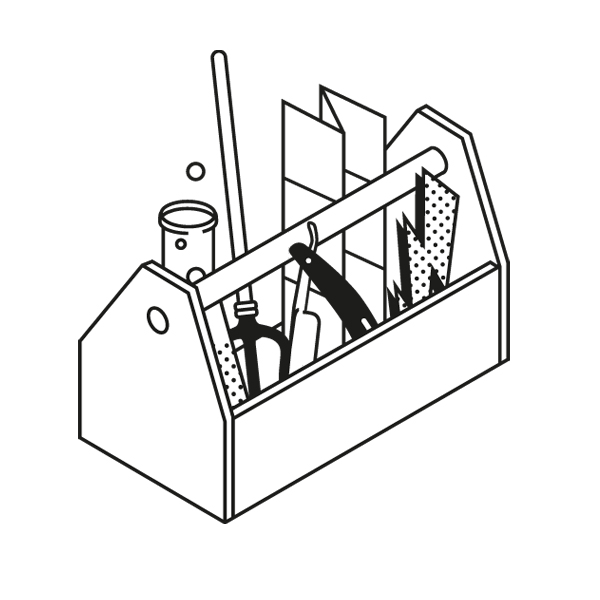- Bramble and Birdseeds
- Posts
- Do you think about how to think about your work?
Do you think about how to think about your work?
Updating your mental model when work expands

Congrats! You got promoted (or want to be).
Now unlearn everything you think you know.
Let’s assume you’ve found success because of your attention to detail, your work ethic and your ability to call up salient details when put on the spot by important people.
As you rise within your career, however, these parlor tricks are no longer enough.
Now that you’re responsible for strategy or multiple functions at the same time, getting bogged down in the details can make you look small-potatoes. Worse yet - it can leave you fumbling for the ball or even dropping it. You’ll exhaust yourself by running through a mental list a thousand items long, trying to stay on top of everything the way that you used to - plus a whole range of new things - while failing to effectively delegate.
You need to update your mental model for how work gets done - a way of thinking about your work that will allow your mind to capture, retain and organize complexity without exhaustion. Once you have it, it will become obvious what work to delegate, what details to hold on to, and how all the moving parts fit together.
As humans, we use something called "Mental Models” to organize thoughts. A mental model is any core concept, first principal or framework that organizes or describes relationships between disparate concepts or information. In other words, it’s a mental tool that guides how we store and interpret data. The stronger and more apt our Mental Model, the easier we can manage, communicate and make decisions about complex systems.
Whether you know it or not, you use many mental models throughout your day and in your work. The question is - are they the right ones? And how does your new role (or aspirations) expand the models you’re already working with?
DeFragging Your To-Do List
I recently held a coaching session with a client - we’ll call her Amy. She has a lot on her plate and recently took on more at a growing startup. Their program is working well, they’re expanding, and she’s taking on more responsibility across legal, financial, HR and investor relations.
Together, we performed a simple exercise that exposed her current mental model and gave her a new one.
First, I asked Amy to run through her to-do list while I took notes on a white board. She listed out major categories of work and what action she items she had top of mind for each one. It quickly became apparent that Amy organized her work to reflect the relationships that had brought each item to her role. So, she had a list of things to do for Client A, a list of things for Client B, a few strategy items, and some problem children. Each of her mental ‘buckets’ was a different size and had a wide variety of tasks stored inside.

Second, we circled functionally similar tasks with the same color and then reorganized the work into those functions, regardless of which client or relationship the work was for. Not only did this reduce the number of ‘buckets’ she was managing, it allowed her to find repeatable tasks across clients she might have missed before and made it easier to create an agenda with subordinates and service providers that have a specialty (such as tax accountants or reporting software.)

A few weeks later, we met again and Amy shared that the new way of organizing her mind had removed unnecessary clutter and made it easier and more obvious what to delegate. Now, she’s able to more rapidly identify strategic questions, create a list of accounting questions across all client relationships, or identify bottlenecks.
“It seems so obvious now.. I don’t know why I wasn’t organized this way from the start.”
That’s the great things about Mental Models. Once you find one that works, it’s hard to imagine not having it. And it doesn’t take long to update yours - you just need to ask yourself the right questions and be willing to reorganize your own thought patterns.



